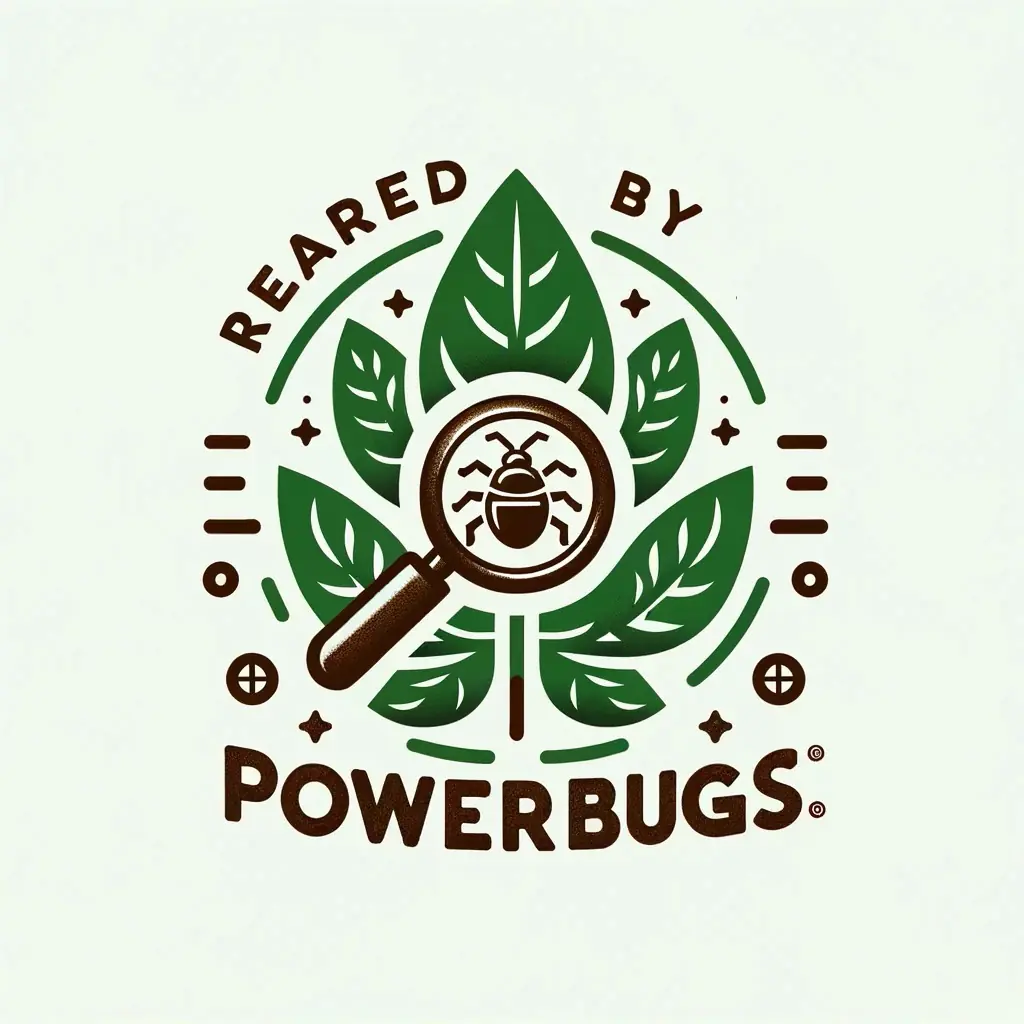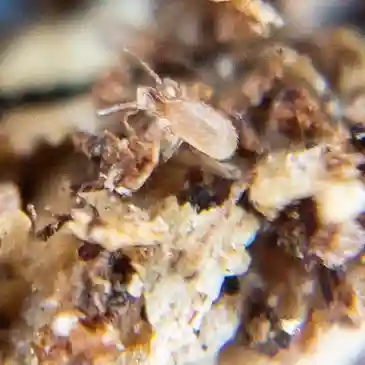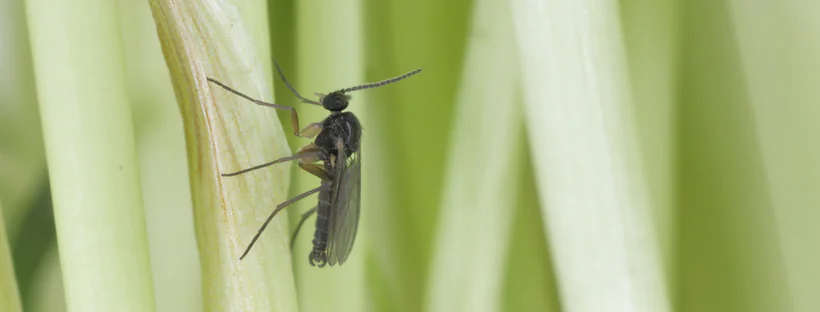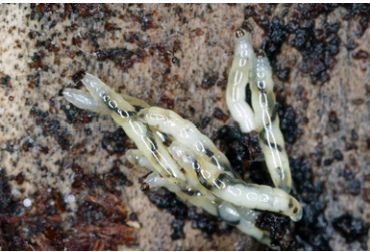Premium, eco-friendly predatory mites direct from our insectary to your green spaces.
Premium Hypoaspis miles Mites – Direct from Our Insectary to Your Soil
For Sale Now: Hypoaspis miles – Nature’s Elite Pest Controllers
HypoPower

Empower your farming with sustainable, effective mite-based solutions. Experience the Powerbugs advantage today.
Nature’s Answer to Soil-Dwelling Pests
Hypoaspis miles, also known as Stratiolaelaps scimitus, is a versatile soil-dwelling mite widely recognised for its role in controlling a variety of soil pests like fungus gnats, thrips, and other harmful insects. Its application in agriculture serves as a natural pest management method, crucial for maintaining the health and balance of crop ecosystems.
Hypoaspis miles

Why Hypoaspis Miles?
Rapid Response and Reproduction
Effective Soil Pest Management
Safe for Plants and Environment
Easy to Apply
Learn more about how to keep your plants healthy and gnat-free!
Biology
Common Name: Hypoaspis miles, Stratiolaelaps scimitus
Classification: Arachnid, Laelapidae
Role: Biological control agent, primarily targeting fungus gnat pupae, thrips, and other small soil-dwelling insects.
Stages: Egg, nymph and adult
Duration: Completes lifecycle from egg to adult in 7-11 days at 25°C
Temperature Requirements: between 20°C and 30°C
Target Pests
Hypoaspis miles are nature’s defenders, feeding on:
Fungus gnat larvae
Thrips
Root aphids
Other soil-dwelling pests
Characteristics
Hypoaspis miles are well adapted to moist conditions in greenhouses and various growing media, including soil, coconut coir, rock wool, and perlite.
They are effective in non-protected crops, temperatures above 10°C.
Furthermore, they can survive lengthy periods without prey, feeding on algae and plant debris. Important! They do not tolerate standing water.
Do You Recognise These Tiny Troublemakers in Your Soil?
Identify Your Pest


PowerBugs Predatory Mite at Work

Hypoaspis miles, answer your pest problems. These tiny warriors are nature’s allies and are here to protect your plants. Their efficacy has been well-documented over decades, making them a cornerstone of eco-friendly pest control in various agricultural settings.
Quick and Effective
Product specification
Pack size: HypoPower is packaged in a pail containing 30,000 predatory mites.
Optimal Conditions: Temperatures of 20-30°C and moist growing media. Avoid standing water.
Benefits: Hypoaspis miles are well adapted to moist conditions in greenhouses and various growing media including soil, coconut coir, rock wool, and perlite.
Storage and application

Chemical side-effects
Some pesticides, like pyrethroids and soil drenches, are highly toxic to Hypoaspis. Certain fungicides are also disruptive; consult us or specific guides for compatible products. The efficacy of biological pest control can be influenced by factors such as the initial pest population in the crop at the time of product application, prevailing weather conditions, and the presence of chemical residues in the crop.
Bringing Hypoaspis miles to Your Doorstep
Ordering with us is easy. Choose Hypoaspis miles, choose your quantity, and let us handle the rest. We ensure swift, secure delivery so you can get started on your eco-friendly pest control journey as soon as possible.
Effortless. Eco-Friendly. Efficient.
Secure Your Hypoaspis miles Today!
Choose PowerBugs for a Greener Tomorrow
At PowerBugs, we are dedicated to sustainable agriculture and integrated pest management. We understand the delicate balance between pests and beneficial insects, and we are committed to preserving the health of ecosystems. Choose Hypoaspis miles for a greener future.
Join the PowerBugs Movement
At PowerBugs, our principles define us. We believe in sustainability, balance, knowledge, excellence, innovation, and collective responsibility. We embrace these values as we nurture fields, gardens, and a more harmonious Earth.



Embrace the Power of Hypoaspis miles
While the past holds its secrets, the present offers a chance to harness the advantages of these remarkable allies for a thriving ecosystem. Say goodbye to harmful pesticides and embrace a more sustainable and environmentally friendly approach. Avail of our Hypoaspis miles for sale. Contact us now!
FAQs About Hypoaspis miles
How does Hypoaspis miles work?
Hypoaspis miles works by actively hunting and feeding on the larvae of soil pests. They navigate through the soil and plant debris, attacking pests at their most vulnerable stages, thereby reducing pest populations naturally.
Which pests can Hypoaspis miles control?
Hypoaspis miles is effective against a range of soil-dwelling pests, including fungus gnat larvae, springtails, root aphids, and thrips pupae. It can also help manage the population of other harmful soil organisms.
How do I apply Hypoaspis miles in my garden or greenhouse?
Hypoaspis miles should be applied directly to the soil or growing medium. Spread the mites evenly across the soil surface, focusing on areas with high pest activity. For best results, apply early in the pest life cycle.
How many Hypoaspis miles do I need for my area?
The application rate for Hypoaspis miles depends on the level of pest infestation and the size of the area to be treated.
| Situation | Release Rate |
| Greenhouses | 50 Hypos/m2 |
| Bedding plants | 100 Hypos/m2 |
| Cuttings/Seedlings (Propagation) | 500 Hypos/m2 |
| Potted plants | 50-100 Hypos/pot |
When is the best time to introduce Hypoaspis miles?
The best time to introduce Hypoaspis miles is before pest populations become established. Early spring or shortly after planting are ideal times, as this allows the mites to prevent pest outbreaks by reducing pest populations early.
Can Hypoaspis miles be used with other pest control methods?
es, Hypoaspis miles can be part of an integrated pest management (IPM) strategy. They are compatible with many biological control agents like Neoseiulus cucumeris and some chemical pesticides, though it's important to check for specific compatibility.
Are Hypoaspis miles safe for plants, pets, and humans?
Yes, Hypoaspis miles are safe for plants, pets, and humans. They are a natural part of the soil ecosystem and target only soil-dwelling pests, without harming the plants or becoming a nuisance to people or pets.
How long does it take to see results after applying Hypoaspis miles?
Results can vary depending on the pest infestation level and environmental conditions. Generally, improvements can be observed within 2-4 weeks as the predatory mites reduce the pest population.
How can I purchase Hypoaspis miles from PowerBugs?
You can purchase Hypoaspis miles directly from our by contacting our sales team. We offer various package sizes to suit different needs, from small gardens to large commercial operations.
Eco-Friendly Predatory Mites for Sustainable Pest Control
Other popular products
GET IN TOUCH
Discover the Future of Horticultural Pest Control Solutions
At PowerBugs, we’re not just selling products; we’re offering a sustainable and eco-friendly solution to pest control. Join us in making a positive change in the world of agriculture. Explore our range of beneficial mites today and take the first step towards a greener and more prosperous future.
Experience the PowerBugs difference: premium, eco-friendly predatory mites directly from our insectary.
